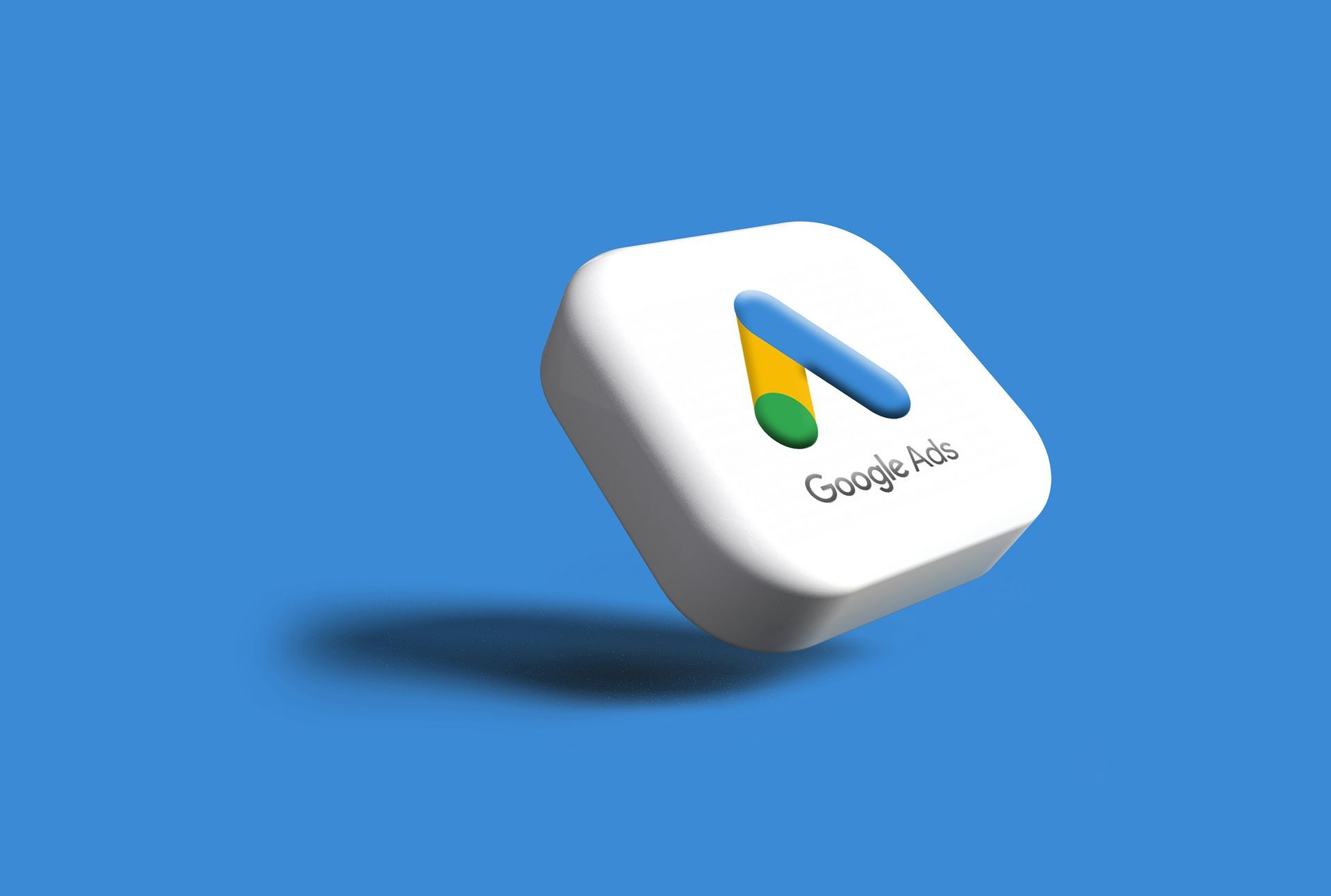How to Use AI for SEO: Boost Your Rankings with Smart Automation

In the fast-paced world of search engine optimization (SEO), staying ahead of the competition requires smart strategies and innovative tools. One of the most transformative technologies today is Artificial Intelligence (AI). AI is revolutionizing the way businesses approach SEO, making it easier, faster, and more efficient to achieve higher rankings. In this blog, we’ll explore how to leverage AI for SEO and how it can automate and enhance your optimization efforts.
Why Use AI for SEO?
AI has become a game-changer in SEO because it can process vast amounts of data quickly, identify patterns, and make data-driven decisions. This automation saves time, reduces errors, and improves the overall effectiveness of your SEO strategy.
- Efficiency: AI tools can analyze and optimize content much faster than a human.
- Accuracy: AI reduces human error and ensures consistent optimization.
- Insights: AI can uncover trends and patterns that are not immediately obvious.
- Scalability: AI allows you to manage large-scale SEO campaigns effortlessly.
Related Article: How to Use Social Search: Everything You Need to Know
AI-Powered Keyword Research
Keyword research is the foundation of any successful SEO strategy. AI tools like Ahrefs, SEMrush, and Google’s Keyword Planner can identify high-performing keywords, search intent, and competitor data.
Benefits of AI in Keyword Research
- Identify Long-Tail Keywords: AI can analyze search data to find niche, low-competition keywords.
- Predict Trends: AI can forecast keyword trends and seasonal shifts.
- Semantic Analysis: AI understands the context behind keywords, helping you optimize for related terms and phrases.
Example Tools
- SurferSEO for keyword optimization suggestions.
- MarketMuse for content gap analysis.
AI for Content Creation and Optimization
AI tools like ChatGPT, Jasper AI, and Copy.ai can generate high-quality content based on specific keywords and topics. These tools don’t just create content but also help optimize it for search engines.
How AI Improves Content Creation
- Generate Blog Outlines and Drafts: Quickly create article structures and initial drafts.
- Optimize for Readability and SEO: Ensure your content is engaging and meets SEO best practices.
- Content Refresh: AI tools can help you identify outdated content and suggest updates.
Best Practices
- Combine AI-generated content with human editing for accuracy and creativity.
- Use AI for content ideas, outlines, and SEO optimization rather than fully automated writing.
AI for Technical SEO
Technical SEO is essential for ensuring that search engines can crawl, index, and rank your website. AI tools like Screaming Frog and DeepCrawl can help identify and fix technical issues.
Key Technical SEO Tasks with AI
- Site Audits: AI tools can analyze your site structure and identify broken links, duplicate content, and crawl errors.
- Page Speed Optimization: AI can suggest ways to improve your page load speed and performance.
- Mobile Optimization: Ensure your site is fully responsive and mobile-friendly.
Example Tool
- Google’s Lighthouse for automated site audits and recommendations.
AI for Link Building
Link building is critical for boosting your site’s authority, but it can be time-consuming. AI tools like BuzzStream and Hunter.io can streamline the process by identifying high-quality link-building opportunities.
How AI Enhances Link Building
- Find Relevant Websites: AI can identify sites that are likely to link back to your content.
- Automate Outreach: Use AI to personalize and automate outreach emails.
- Track Backlinks: Monitor the quality and quantity of your backlinks.
AI for User Experience and Personalization
Google’s algorithms prioritize websites that provide a good user experience. AI tools can analyze user behavior and help you improve site design, content, and navigation.
AI-Powered UX Strategies
- Personalized Content: AI can deliver personalized content recommendations based on user behavior.
- Heatmaps and Analytics: Tools like Hotjar and Crazy Egg use AI to create heatmaps showing where users click, scroll, and drop off.
- A/B Testing: AI can run automated A/B tests to determine the best-performing elements of your website.
AI for Predictive Analytics
AI can help predict which SEO strategies will be most effective for your business. Tools like BrightEdge use AI to forecast trends and outcomes, helping you make data-driven decisions.
Benefits of Predictive Analytics
- Forecast Traffic Trends: Understand how your traffic may change over time.
- Plan Content Strategy: Identify what type of content will perform best in the future.
- Competitive Analysis: See how your competitors’ strategies are evolving.
AI for Voice Search Optimization
With the rise of smart assistants like Alexa, Siri, and Google Assistant, optimizing for voice search is essential. AI tools can help you understand and adapt to voice search trends.
Voice Search Optimization Tips
- Focus on long-tail, conversational keywords.
- Ensure your content answers specific questions concisely.
- Optimize for local SEO as many voice searches are location-based.
Related Article: What is Visual Search and How to Optimize in Google with AI
Get Expert Help with Your SEO Strategy
Implementing AI in your SEO strategy can seem overwhelming, but you don’t have to do it alone. At Marcom.eu, we offer comprehensive SEO services that integrate the latest AI tools and strategies to ensure your business ranks higher and grows faster.
Request a free consultation or schedule a demo to see how AI-powered SEO can transform your digital presence.
Conclusion
AI is transforming the SEO landscape by making processes faster, smarter, and more efficient. From keyword research and content creation to technical SEO and predictive analytics, AI tools offer countless opportunities to boost your search rankings. By leveraging AI and partnering with experts like Marcom.eu, you can stay ahead of the competition and achieve long-term SEO success.
Boost your rankings with AI and smart automation—let Marcom.eu be your partner in growth.
ALL OUR OTHER NEWS:







